 中文版
中文版


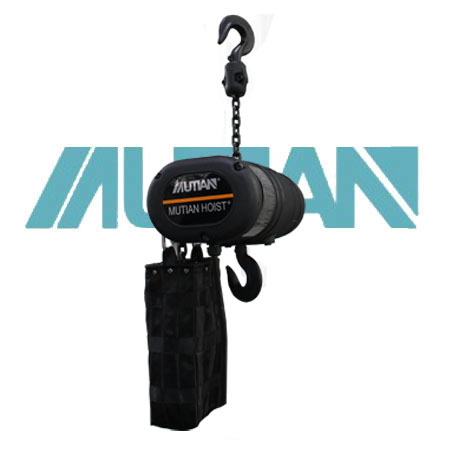
Welcome to contact us by phone:0086-0312-7969888
The specific voltage of the motor used in a stage electric hoist can vary based on the design and specifications of the hoist model. Stage electric hoists are available with different motor configurations to accommodate the electrical systems commonly used in various regions. The voltage of the motor is typically specified by the manufacturer and may be designed to meet the electrical standards of the target market or application.
Common motor voltage options for stage electric hoists include:
Single-Phase Motors:
Stage electric hoists with single-phase motors are designed to operate on a single-phase electrical system. Common voltage options for single-phase motors include 110V, 120V, or 230V, depending on regional standards.
Three-Phase Motors:
Stage electric hoists with three-phase motors are designed for use in three-phase electrical systems. Common voltage options for three-phase motors include 208V, 230V, 400V, 460V, or 575V, depending on regional electrical standards.
It's essential to check the specifications provided by the hoist manufacturer to determine the exact voltage requirements for the specific model you are considering. The voltage information is typically indicated on the hoist's nameplate or in the product documentation.
Additionally, when installing and using a stage electric hoist, it's crucial to ensure that the electrical supply matches the motor voltage specifications to prevent damage to the hoist and ensure safe and reliable operation. If there are any uncertainties or specific electrical requirements, consulting with the manufacturer or a qualified electrician is advisable.
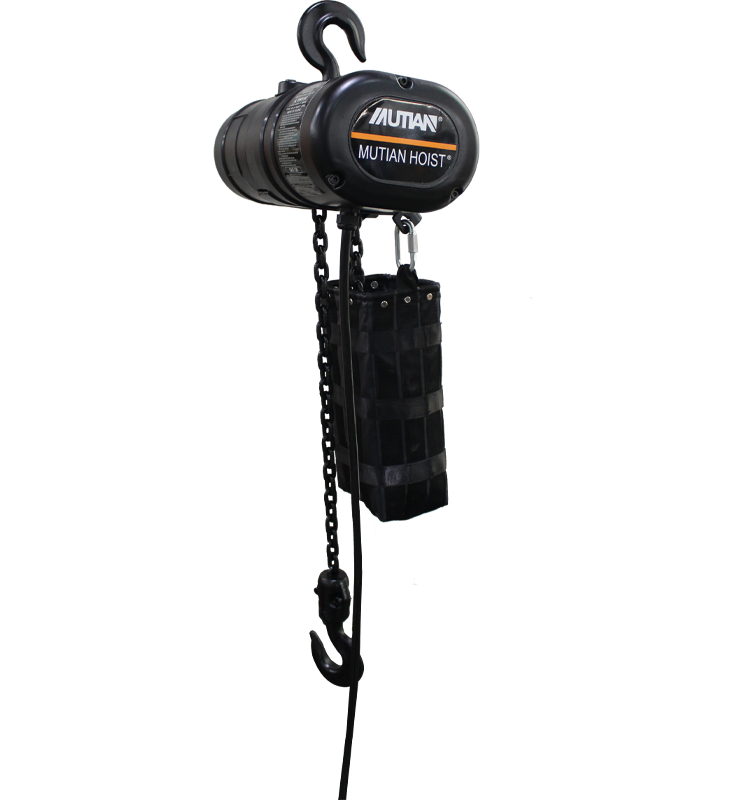
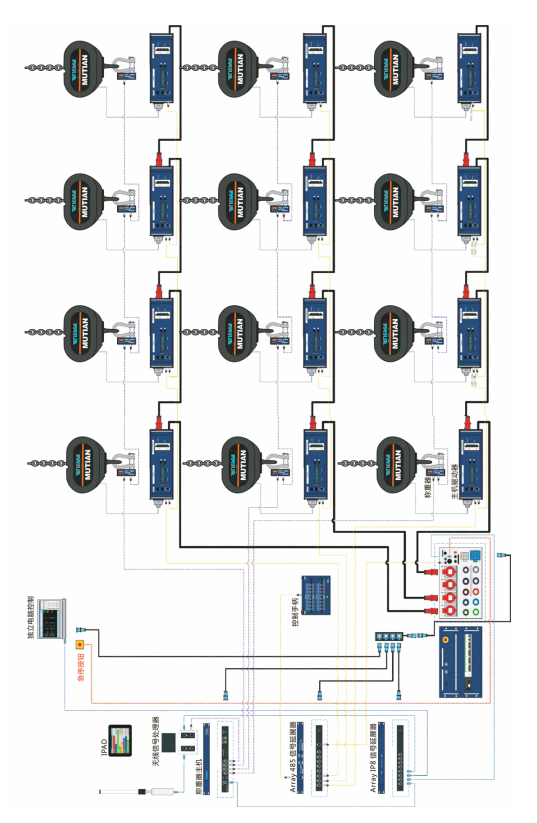
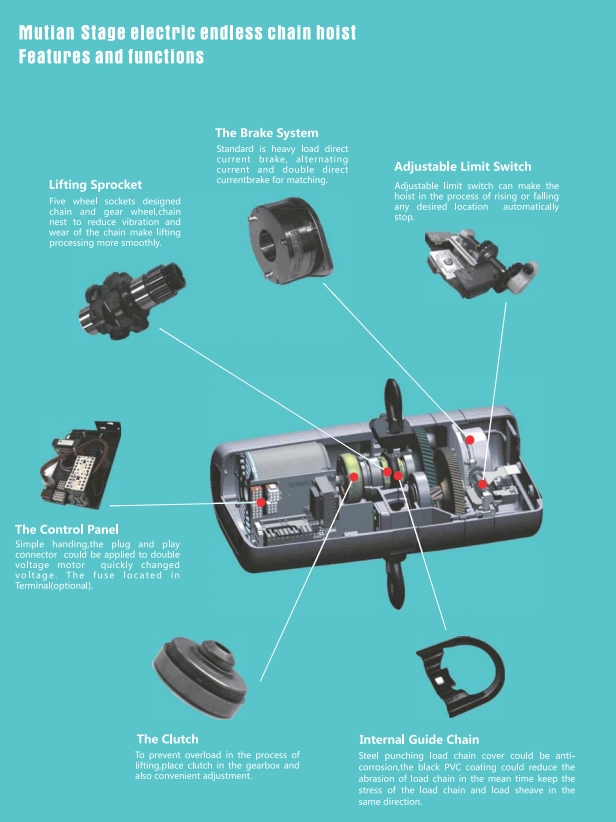
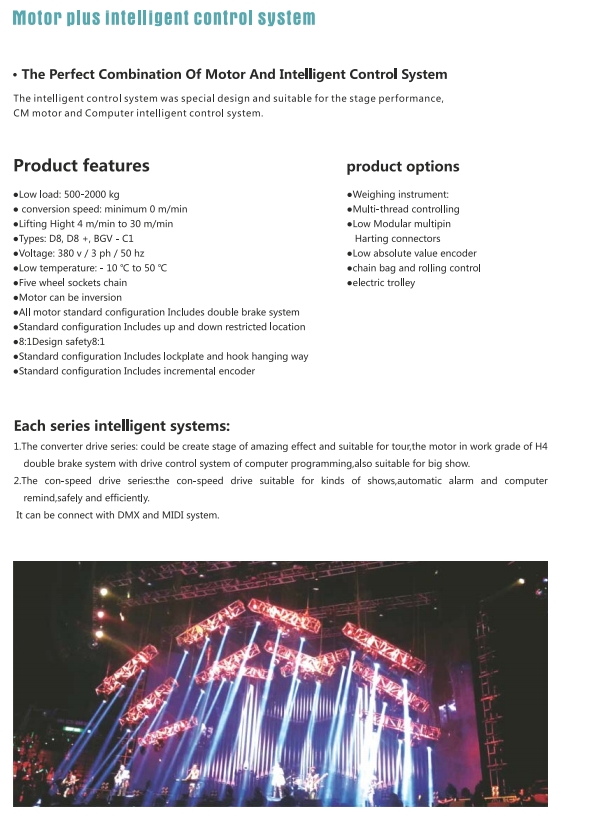
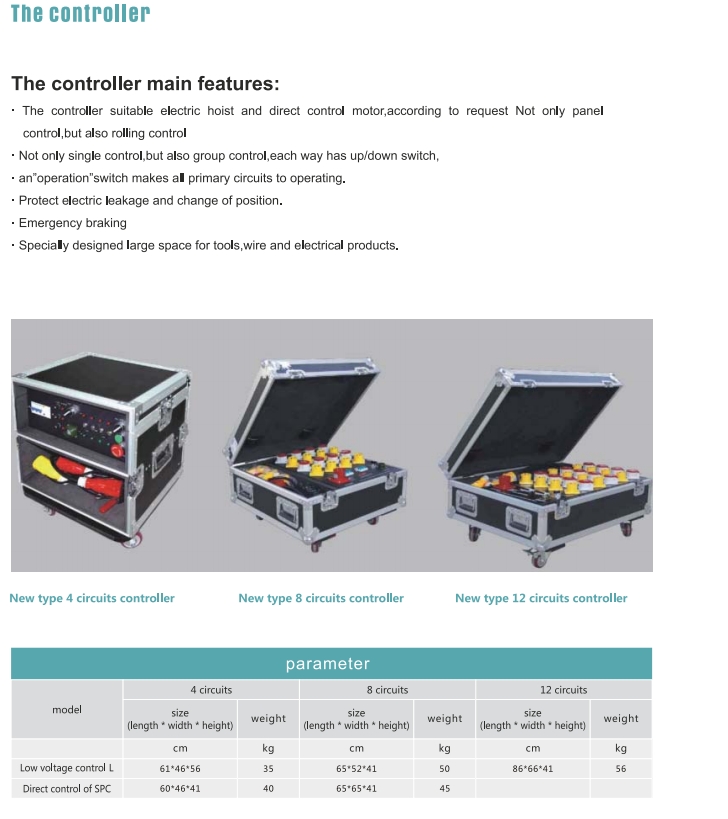
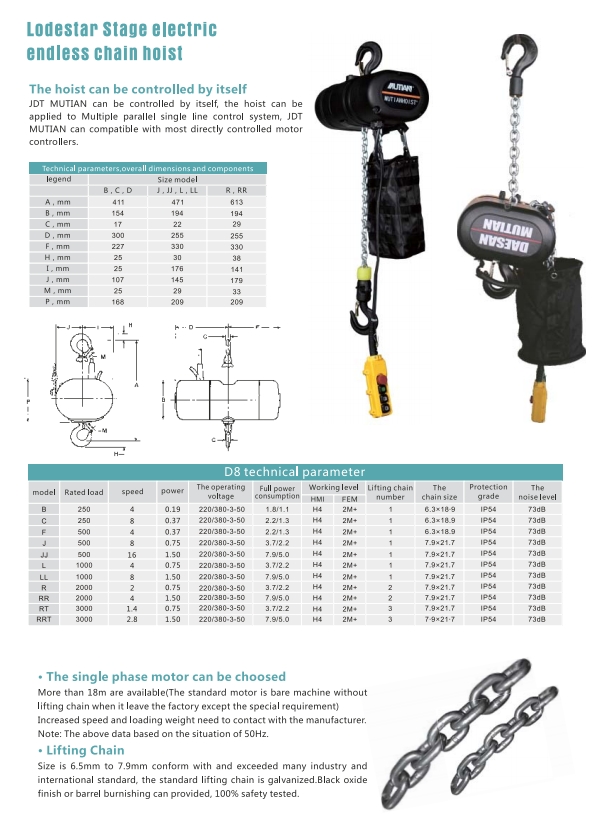
X